Performance Management for Remote Workers
By Kimberly Kafafian
In a magnitude of ways and for a magnitude of reasons, COVID-19 (and oh hello, Omicron variant) continues to turn our worlds upside down. Remote work, telework, working from home, working from anywhere, virtual work, and hybrid work are all real things now. But what happens when managers, business owners and employees aren’t all in the same location? Let’s face it, when you’re in the same workplace as your team, it’s pretty easy to ask them a question or provide feedback on their performance. You can simply walk right up to them and start a conversation. And not only are you able to hear their verbal response, you’re also privy to what their body language is exhibiting. Performance management is a lot trickier, however, if a team member is working remotely. When you’re not physically present in the same space together, the feedback or question may be neglected, and miscommunication can easily occur.
Monarch has always been a virtual company. For the rest of the world though, it was rare for managers to have remote teams two years ago. And although it began to look like things were returning to somewhat normal, COVID-19 variants keep rearing their head. Companies that had set new year timetables for employees’ return to the office, have delayed plans because of uncertainties over the severity of the variant. The remote work world is not going anywhere in a hurry. And if companies want to drive growth and continue to innovate, they’re going to need to continue reshaping their performance management strategies too. What they started doing in 2021 for 2020, they can refine and calibrate for 2021 in 2022.
Managers who may have kicked the proverbial can down the road when it came to performance management for remote workers, now must figure out how to have valuable conversations, provide effective feedback, and set clearly defined goals with their remote teams. They’re going to have to discard the old concept of connecting presence with performance. This is particularly important moving forward, as employers are likely to have a mix of in-office, hybrid, and remote workers. They cannot favor one group over the other simply because of physical presence. A conscious effort needs to be made to instead focus on contribution, results and outcomes. Where performance assessment takes place doesn’t really matter as long as a company has the right assessment strategies and approaches in place.
Remote Performance Management Strategies
Ensuring that remote employees are productive and engaged hinges on having an effective plan and following through. Below are the performance strategies I recommend to my clients who have a remote workforce.
1. Set expectations and review them often
If employees are expected to do their jobs, they need to know what their parameters are. Managers should clearly define each team member’s work requirements, giving them as much information as possible. They should be apprised of project requirements, priorities, milestones and goals. Explain what their daily schedule should look like and how you plan on communicating with them. Today’s world is rapidly evolving, so it’s important to consistently review expectations and pivot accordingly.
2. Be flexible
One of the things Covid has changed is not only where we work but when we work. Be flexible with hours. If the employee is getting the work done, it shouldn’t matter if they are working in the morning, afternoon, or evenings. It is the performance that matters.
3. Schedule regular on-on-one meetings
Don’t meet with an employee only once a year for an “annual review.” One meeting in a year’s time is so far from sufficient that it’s a ridiculous concept to me. Regular check-ins keep everyone updated on progress and provide opportunities to quickly address problems when they arise. In general, employees want to do a good job, they want feedback. Frequent meetings help to enhance their performance. A lot of our clients have developed the scrum, agile and/or stand-up approach to performance management – briefly, daily check-ins that keep everyone on track, in compliance and in communication.
4. Ask for status updates
Simplify keeping track of performance by asking for frequent updates. Daily or weekly logs keep both parties on track and allow you to quickly see progress. The updates are also useful to review during the one-on-one meetings. Our team shares a Slack channel called #monarch-daily-check-in. At the end of each day, everyone posts 4-5 brief bullet points about the client and internal work they completed during the day.
5. Give feedback often (aka daily)
When it comes to managing remote workers, it’s all about communication. By routinely providing feedback, you keep the lines of communication open. Be clear about what is and isn’t working, but remember if you have something negative to address be sure to do that privately with the employee. You should always address any performance concerns promptly, as letting them linger only makes matters worse.
6. Celebrate good performance
Don’t just be on the lookout for poor performance, you should also keep an eye out for great things your team members do. Celebrating successes is just as important as addressing any performance concerns. Our team also shares a Slack channel called #good-sh*t where we call out and celebrate our individual and team successes.
7. Listen and empathize
Today’s employees are juggling a lot. You need to make sure workloads are manageable. When receiving status updates or conducting meetings, really listen to what the employees are saying. So many workers are overworked right now, which is impacting performance. Managers need to have a pulse on how they are feeling (hint: your workers are still feeling really stressed out about managing work, kids, pets, partners, the doorbell, the landscaper, the need for lunch/coffee/water/a bio-break, etc. all at the same time).
8. Trust
In handling performance management for remote workers, trust is the key element. Managers need to trust that their remote teams are working effectively and efficiently. Give them the benefit of the doubt. Treat your employees like adults. I guarantee they will pleasantly surprise you.
9. Don’t micromanage
When teams are working remotely, you can’t keep your physical eyes on them, which may raise concerns about whether or not they are working efficiently. But even when workers are in the office, you shouldn’t be constantly watching them. For your remote teams, it comes down to trusting rather than observing. Of course you need to monitor progress and performance, but you don’t need to over manage. Again, you hired your employees for a reason. Let them do their thing. (Also, micromanaging is about you, the People Manager, and not your employees. More to come on that in a future blog).
Performance management for remote workers may be a bit different, but with the right strategies in place, it can be simple. And even easy! With remote work looking like it’s here to stay, now is the ideal time to reshape your performance management processes.










Leave a Reply
Want to join the discussion?Feel free to contribute!